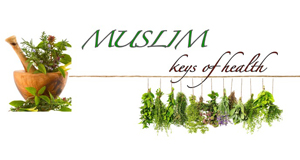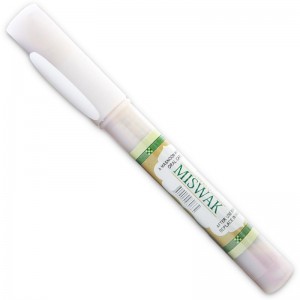NATURAL TOOTHBRUSH; WHAT’S ALL THE HYPE ABOUT
You have probably come across the recent trend of using ‘raw toothbrush’ or ‘natural toothbrush’. It may be a new trend in the Western World but the African and Arab world has been using it for centuries. It is known as ‘miswak’. It has a long-documented history and is widely considered a preventive medicine for your teeth.
WHAT EXACTLY IS IT?
It is a twig from trees which can be used, in fresh or dry forms. However, the most effective twig comes from a tree salvadora persica, known as Araak in Arabic. It is comprised of tiny fibers which can remove dental plaque without irritating the tooth enamel and gum, thereby creating a polished glossy teeth effect.
There is no need for toothpaste because the twig is a complete package full of healing fluids. This fluid neutralizes the pH of the mouth and triggers a chemical reaction due to which the tooth enamel is naturally revitalized and strengthened. Fluid is safe to swallow and is even beneficial for digestion. It contains Fluoride, Silicium, Sulphur, Vitamin C, Salicylic Acid, Calcium, Silicon, Potassium, Sodium, Tanines, Saponins, Flavonoids – all substances perfectly balanced in their naturally healthy forms.
BENEFITS
The natural toothbrush is fortified with minerals that do wonders for your oral hygiene!
- It effectively cleans the teeth. Like a toothbrush, the wicks on the twig clean between the teeth and do not break under any amount of pressure.
- Prevent gums from bleeding.
- It has cleaning agents that kill microbes and germs and a scent that gives breath a naturally fresh smell.
- It contains anti-bacterial acidic inhibitors that fight decay and diarrhea. They are natural disinfectants and can be used to stop bleeding. They disinfect the gums and teeth and close any microscopic cuts that may have existed in the gums. On first usage, the twig will taste harsh, and might even slightly burn. It is because of a mustard-like substance found in it, which is responsible for fighting decay.
- It contains minerals such as sodium chloride, potassium, sodium bicarbonate and calcium oxides which are the main and preferred ingredients found in toothpastes.
- It contains enzymes which prevent the build-up of plaque that causes gum disease. Plaque is also the number one cause of premature loss of teeth.
- The small wicks bend to the appropriate shape to get plaque and leftover food out from in between teeth while avoiding any damage to the gums.
The leftover food found between teeth provides an excellent environment for the festering of bacteria, which can lead to painful gum disease and cysts In the worst cases, it can cause inflammation of the jawbones.
Bacteria also produce damaging enzymes that eat away at the enamel of the teeth, which causes cavities. In severe cases, the bacteria produce gases that emit a nasty odor from the mouth.
Some researchers have found that tooth decay is rapid when a dry brush is used and that wetting one’s toothbrush mitigates the damage. The twig should be dampened before use but if there is no alternative, the saliva will do the job.
STORAGE AND CLEANING
The twig should be kept in a clean place away from sink, toilet and unclean surfaces. It is best to keep it in a clean cup in a cool environment like the refrigerator or kitchen counter. You can also carry it with you in a clean plastic bag or a capsule specific for the purpose.
It is best to wash or dampen the twig before using it. Once the fibers are too long, they can either be trimmed with scissors or simply torn off with your teeth (hey, oral muscle exercise!)
Don’t leave it in a damp environment or it will develop fungus (lesson learned the hard way).
The twig is safe to rub over tongue, teeth and gums, thereby being the perfect all-in-one organic product for all your oral hygiene needs.
Have you tried raw toothbrush/miswak yet?
Is the hype worth it?

